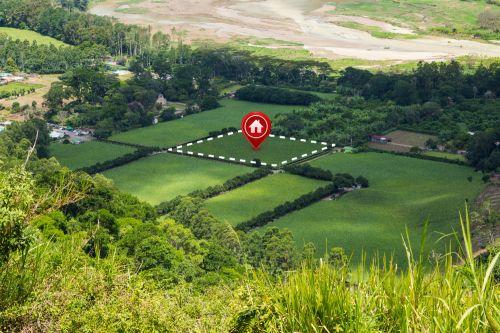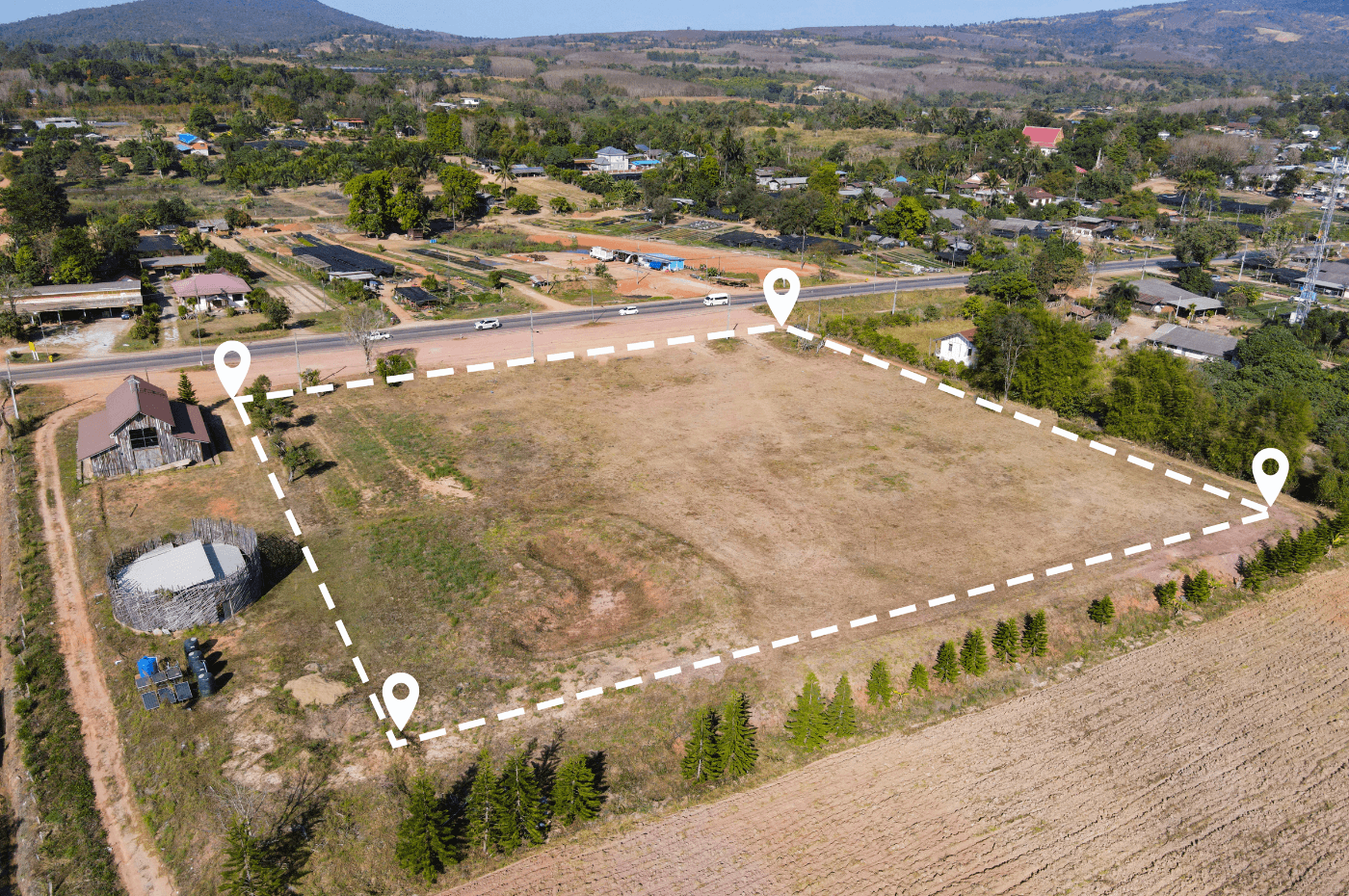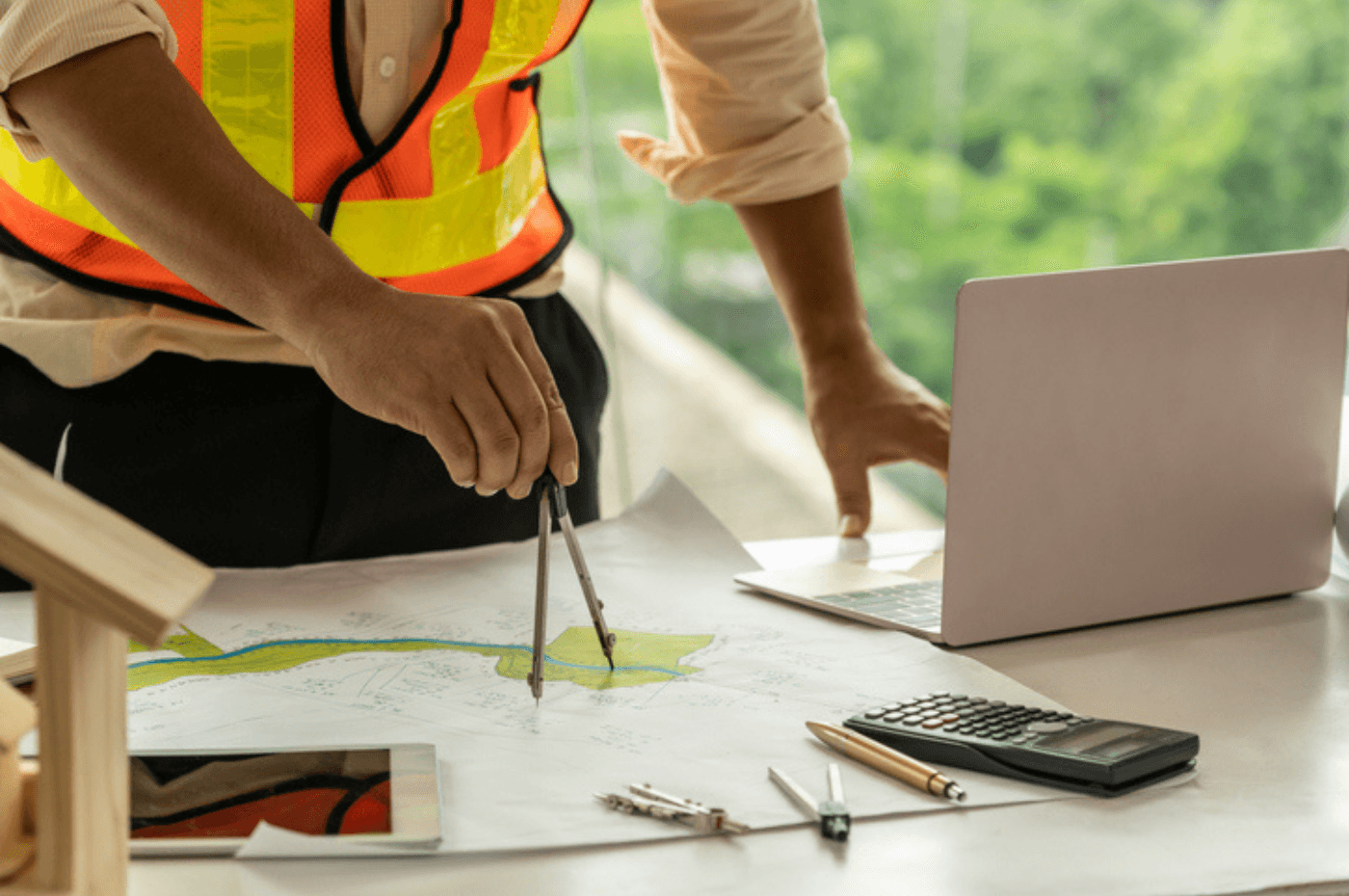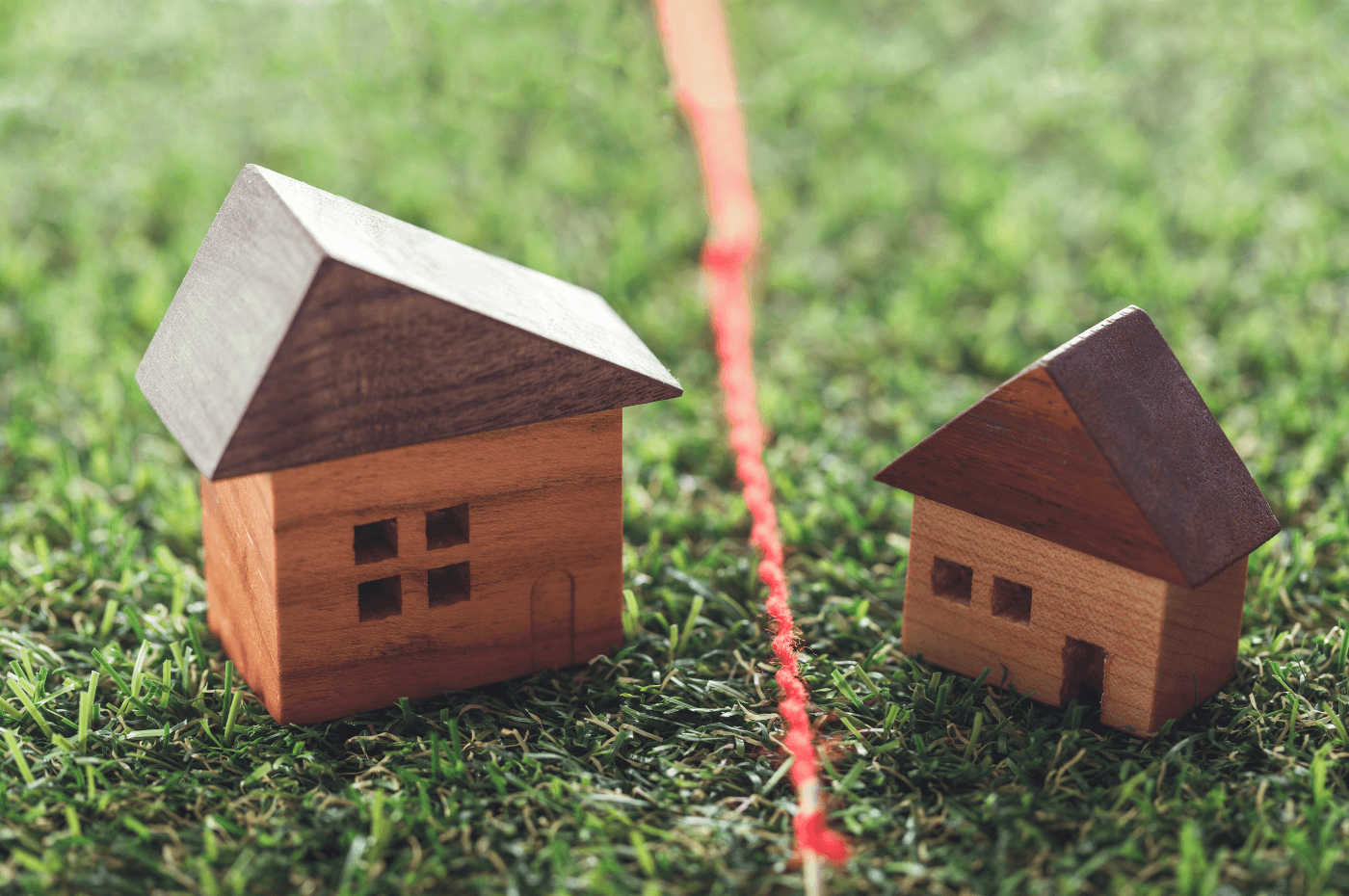Do you own property? It's important to know its exact boundaries. Not only does it allow you to define the boundaries of your property, but it also helps you avoid conflicts with your neighbours and make informed decisions about future development projects.
But where can you find this information? How do you know the true boundaries of your property?
What is a property line?
The property line is what separates your land from your neighbour's land and the public right-of-way. This boundary can be physical (such as a hedge, fence, or wall) or intangible.
If you live in a condominium, the property line may also refer to the separation between your private and common areas.
The land surveyor: the expert to contact
To know the exact boundaries of your property, a land surveyor is essential. In fact, he is the only professional authorized to survey your land by staking or boundary determination.
The surveyor has extensive knowledge of land law. They are also specialists in geographic data processing and property delineation. They can accurately measure the boundaries of your property and, if necessary, mark them with visual markers.
The surveyor is a recognized public official, which means he or she is required to remain objective and impartial in the performance of his or her duties. You can therefore use his services with complete confidence, knowing that he will not favor one owner over another.

Photo : Freepik.com
How do I determine my property line?
The boundaries of your property are determined by cadastral maps and title deeds. On the ground, however, they must be established by a surveyor's staking or demarcation.
Title deeds and cadastral plans
Property boundaries are determined by title deeds and cadastral maps.
What is a cadastre? It is a public record kept by the state. It is presented in the form of a plan and contains all the cadastral information on properties in the province of Quebec. Its purpose is to make property titles public to protect property rights.
In the cadastre, each property is assigned a unique seven-digit lot number. For each property, the cadastre shows:
- Measurements;
- Surface area;
- Shape;
- Location.
In this way, the cadastre is first and foremost a source of information. It is an invaluable resource for analyses aimed at establishing property boundaries.
Is the certificate of location enough to find the exact boundaries of your property?
The certificate of location is an essential document for any real estate transaction in the province. But is it enough to find the exact boundaries of your property? No, and here's why.
This document, which consists of a report and a plan, shows the current state of the property. In particular, the report describes everything related to:
- Servitudes, i.e. rights imposed on your property;
- Encroachments on your property or a neighbor's property;
- Non-compliance with municipal regulations.
The plan is a visual representation of the characteristics of the property: surface area, dimensions, buildings, walls, fences, hedges, outbuildings, etc. It also clearly shows the boundaries of your property. The boundaries of your property are also clearly marked.
However, the certificate of location should not be interpreted as a means of finding the physical boundaries of your property for work or development purposes! Although it represents them visually on paper, it is not sufficient to delineate them on the ground. Staking or boundary marking is required to accurately indicate the physical boundaries of your property.

Delimitate your property: boundary marking or staking?
To determine the precise and legal boundaries of your property, you'll need to survey your land by marking or staking. The intervention of a land surveyor is mandatory, as these acts are reserved to him or her under section 34 of the Quebec Land Surveyors Act.
But what's the difference between marking and staking your property?
Staking your property
Staking consists of all the procedures and operations carried out by a surveyor to visually indicate his opinion of the boundaries of a property. These are indicated on the ground by markers, usually in the form of poles or stakes.
Staking can be very useful in many circumstances, whether before erecting a fence or installing a new outbuilding. It should be noted, however, that staking is only valid for the person who requested the operation.
In addition, if the surveyor discovers during the survey that the installation of one of the markers could be problematic - for example, a possible encroachment - he won't install the survey marker. The survey is still valid, however, and a report is issued to the owner explaining the situation and the recommended course of action.
If you're planning to develop a potentially problematic area of your property, it's best to perform a boundary survey to clarify the situation once and for all and avoid potential disputes with your neighbours.
Marking property boundaries
Unlike staking, boundary marking aims to establish a permanent and irrevocable boundary between two adjacent properties. It requires the participation of adjacent properties and applies to all parcels involved.
Boundary marking is generally required in the event of a dispute. It can be done amicably if the neighbours agree on the issue. They then hire a surveyor to examine their situation. Once the conclusions of the surveyor's report are accepted, a procès-verbal is signed. The demarcated boundary then becomes effective and legal for both current and future owners.
Boundary demarcation can also be carried out by the courts if the parties cannot find common ground. The court must then intervene to settle the issue and establish the property boundary.

What are the delimitation laws to respect?
Under current law, you can mark the boundaries of your property by building a wall, hedge, gate or other "fence". However, there are some rules you must follow.
Fences and co-ownership: what the law says
If the fence is entirely on your property and complies with your community's bylaws, you alone can decide on its design. You are also the sole owner of the fence and are responsible for paying for its construction and maintenance.
If the fence is on the property line, you and your neighbour must agree on the type of fence and share the construction and maintenance costs. You will be joint owners.
Distance to be respected for a window
Article 993 of the Quebec Civil Code is clear on this issue:
You can't have a direct view of the neighbouring property if you are less than one and a half meters from the dividing line.
However, this rule does not apply to views of a public street or park, or solid or translucent glass doors.
In the event of a dispute or failure to respect property lines
Are you having a dispute with a neighbour about your property lines? Have you noticed a violation of one of our rules? First, try to resolve the situation civilly by talking to your neighbour.
If that doesn't work, you may have to take legal action, which could end up in court if no resolution is reached.
Are you looking for a land surveyor?
XpertSource.com can help you find a land surveyor. When you tell us about your project, we put you in touch with qualified resources for FREE. Simply fill out our form ( it only takes a few minutes ) and we will connect you with professionals.





